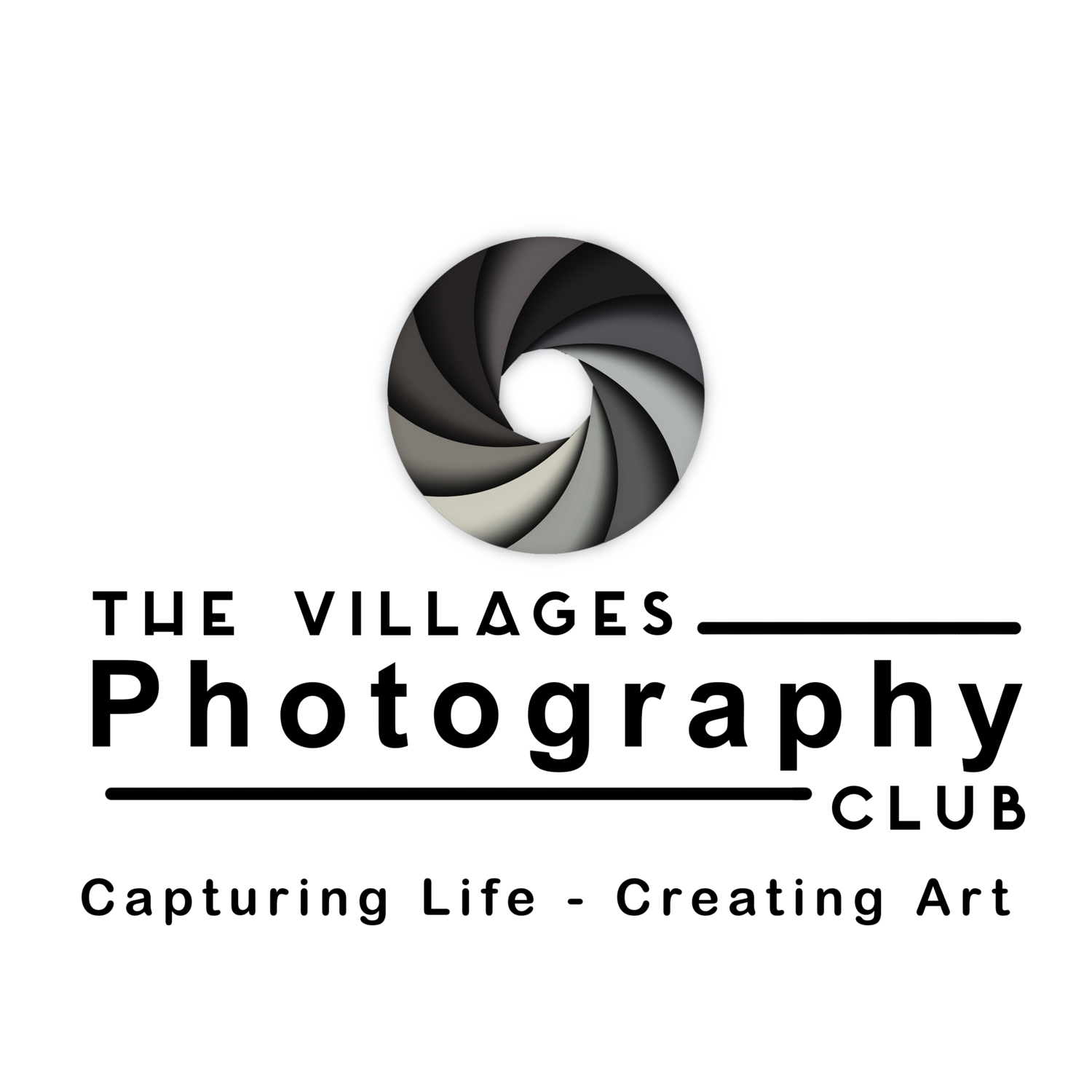The decision to buy a printer or use a print shop for your photography can be a difficult choice.
Here's a breakdown to help you decide:
Owning a Photo Printer
Pros:
Convenience and Speed: You can print whenever you want, instantly. This is great for making test prints, last-minute gifts, or experimenting with different looks. Instant gratification.
Creative Control: You have complete control over the entire printing process, from color management and paper choice to custom sizes and finishes. This allows for iteration and perfecting your vision.
Cost-Effective for High Volume: If you print frequently and in large quantities, the cost per print can eventually become lower than using a print shop, despite the initial investment in the printer and consumables.
Learning Opportunity: Printing at home can deepen your understanding of color science, print profiles, and how your images translate from screen to print, ultimately improving your overall photography and editing skills.
Cons:
High Upfront and Ongoing Costs: Professional-grade photo printers can be expensive. More significantly, ink and specialized photo paper are costly consumables. Inkjet printers can also waste ink through cleaning cycles if not used regularly, and cartridges can expire.
Space Requirements: Photo printers, especially those capable of larger prints, can be quite bulky and require dedicated space.
Technical Knowledge: Achieving high-quality prints at home requires some knowledge of color calibration, printer profiles, and print settings.
Maintenance: Printers require regular use to prevent ink clogging and general maintenance.
If you don’t find it magical seeing your photo come out of your printer, I would suggest not getting into home printing. There is a lot to learn about printing, to the point where it can be overwhelming to newcomers. You really need a strong willingness and desire to learn.
Using a Print Shop
Pros:
Professional Quality: Print shops use high-end printers, superior inks, and professional-grade papers (like Kodak Premier Endura Paper) that often result in better color accuracy, richer blacks, and a wider color gamut than consumer-grade printers. They also offer a wider variety of finishes (pearl, metallic, matte, etc.) and custom sizes.
No Upfront Investment or Maintenance: You don't have to buy expensive equipment or worry about ink, paper, or printer maintenance.
Expertise: Professional print labs often have color correction specialists who can help ensure your prints look their best.
Cost-Effective for Low Volume or Large Prints: For occasional prints, or for very large prints (beyond what a desktop printer can handle), print shops are typically more cost-effective.
Consistency: Professional labs provide consistent quality across multiple prints and orders.
Variety of Products: Beyond standard prints, print shops offer a vast array of products like canvases, metal prints, photo books, and framed art.
Cons:
Less Control: While you can specify paper types and finishes, you have less direct control over the entire printing process compared to owning your own printer.
Waiting Time: You have to wait for your prints to be produced and shipped or picked up.
Cost for Frequent, Small Prints: If you print many small prints frequently, the per-print cost can add up quickly.
Shipping Costs: If you use online print shops, shipping costs can add to the overall expense.
Conclusion:
Home printing is not an either or proposition. You can have a modest printer and use it for the majority of your work and outsource prints to a lab for prints larger than your printer can handle.
